Once you know what low web traffic is and why it can be bad for your business, it’s natural to want to know what causes the problem. There are a huge number of potential causes, but if you can avoid these top 12, you’ll have a great chance of getting the traffic you need to maintain and even grow your business — no matter how small or big it is! You can choose to either listen to the audio or read by scrolling down.
1. Sub-optimal content is one of the leading causes of low web traffic

This might sound obvious, but if your website’s content isn’t useful or entertaining for your audience, they have plenty of other places to go to find the content they’re looking for. If your ideal audience can easily find other sources of information that are either more entertaining, easier to read, more relevant to their query/interests/problem, or more engaging in any other way, they won’t stick around to consume your content.
If people aren’t visiting your website or aren’t staying there long, Google and other search engines will view your website as being of poor quality and will display it further down the search rankings. This means fewer people will see it in the first place, so fewer people will click on it. And as a result, your content will get further downgraded by search engines.
It’s a vicious cycle!
Poor-quality content is one of the leading causes of low web traffic, so it’s vital you prioritise having good quality, valuable content on your site. Quality is far more important than quantity.
2. Old information
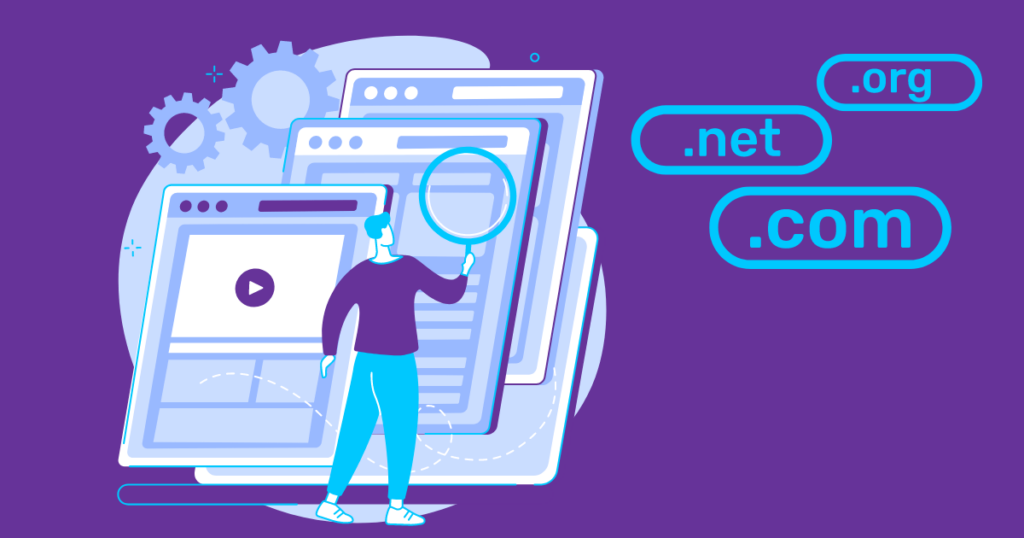
When you’re looking for information on the internet, if you can choose between something that was published this year or something that was published five years ago, which are you more likely to choose? Most people prefer more recent information because they know it’s less likely to have been superseded and it may be more complete.
For this reason, search engines also prefer recent content. (Why? Because search engines exist to give people the content they want. Because people want up-to-date content, Google prioritises fresh content.) So, search engines like Google will be more likely to show your web pages in search results if the information within them is up to date.
How does Google know if your information is current? It looks at it the dates of publication and any updates. If your content is old, Google assumes it isn’t as relevant as web pages with newer content.
Having bad content is a big no-no but it doesn’t matter how good your content is if it’s too old and there’s plenty of newer content that’s just as good.
3. Poor user experience (UX)

Is your website slow to load? Is it hard to navigate? Is it hard to read? Is it full of popups? Does your website make it hard to find contact details for customer support?
All these things (and more) lead to a bad user experience. If people don’t like using your website, they’ll go elsewhere. And your website will slide down the search rankings too.
4. Your website isn’t optimised for mobile devices
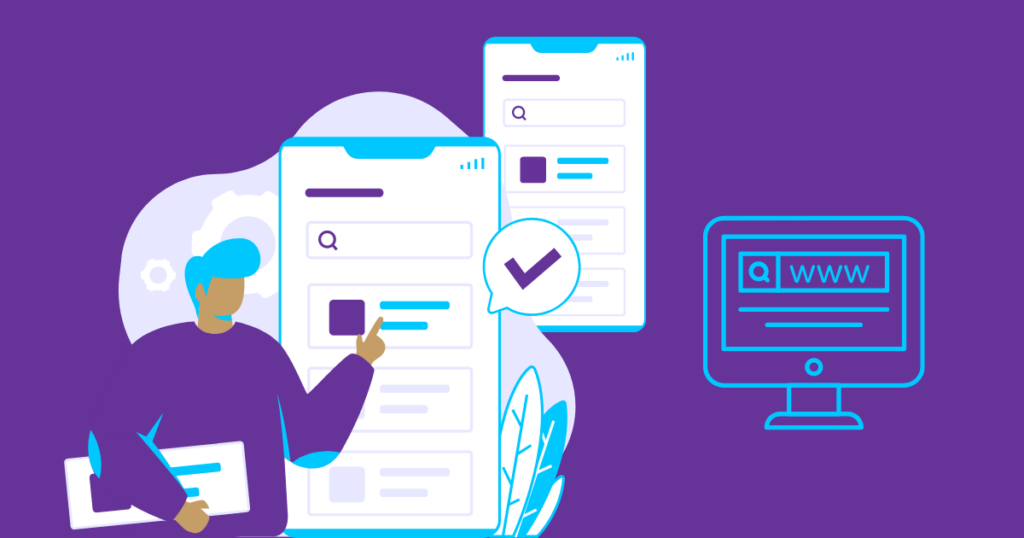
More than half of global web traffic comes from mobile devices and the proportion of mobile searches continues to steadily grow. I can’t tell you if your ideal audience is using their mobiles to look for information in your niche, but unless you have evidence proving otherwise, it’s a good idea to assume that a significant percentage of your audience is using their mobile to research products and solutions to their problems.
As such, if your website doesn’t work well on mobile devices, your audience will go elsewhere. It’ll also get a low search engine ranking both because fewer people visit it and also because Google and other search engines prioritise sites that offer a good mobile experience.
5. Your website isn’t optimised for search engines
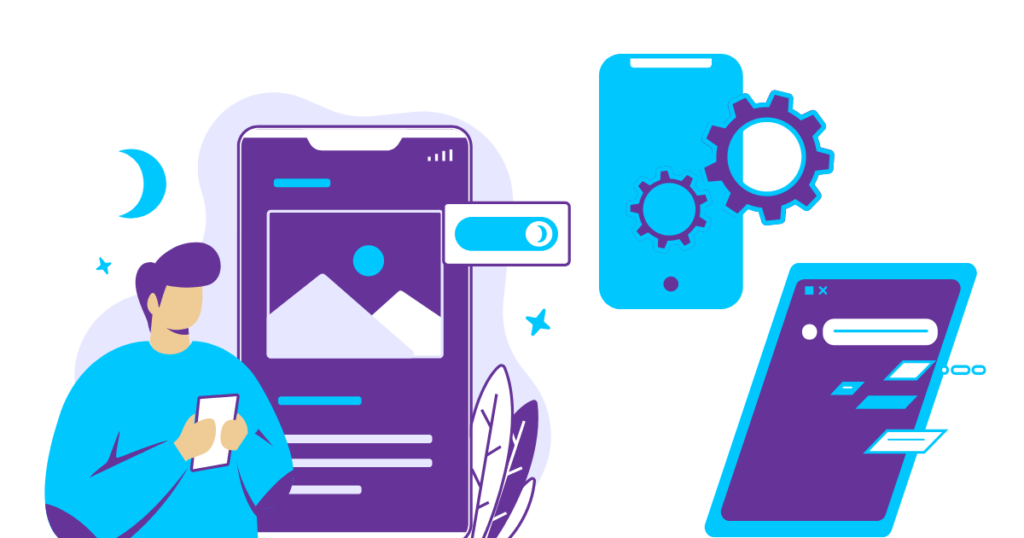
All the points of listed so far are important if you want search engines to prioritise your content. But there are other things you can do to optimise your website for search engines too.
Search engine optimisation (SEO) also involves:
- Keywords
- Meta data
- Site structure
- And more
If your website isn’t SEO-friendly, it will be outperformed by other websites with content of a similar quality or better.
6. Poorly constructed URLs
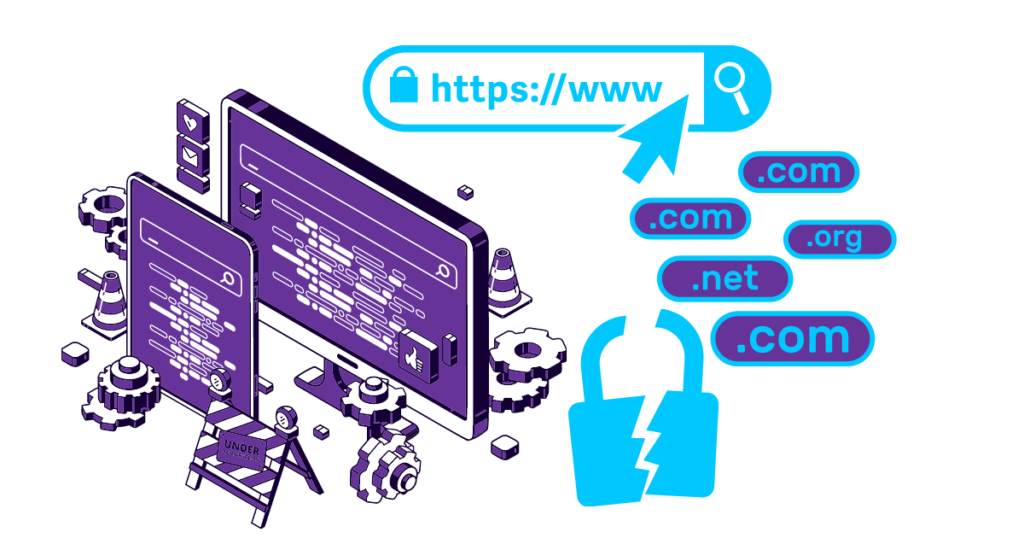
URL design is part of creating an SEO-friendly website. But there are ok URLs that aren’t optimised for search engines and then there are URLs that are really bad for bots and humans alike.
For instance, if users can’t identify the purpose of your web pages based on the URLs, they’ll be much less likely to click on them. And if there are too many characters in your site URLs or they’re too complicated, it may cause your web pages to load too slowly. Again, this is frowned upon by search engines and humans alike.
7. Broken links
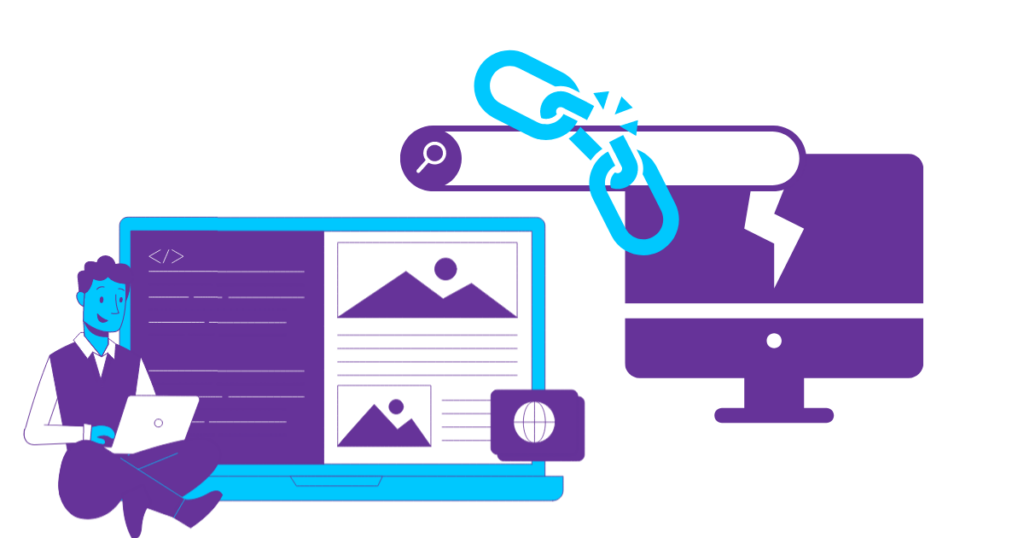
If your website has a bunch of broken links, visitors are likely to go elsewhere and not bother coming back. The Google gods will frown on you too.
8. Lack of data analysis

If you’re not measuring and analysing your site’s performance, you have no real way of knowing what users like and dislike. This means you’re not optimising your content for your target market and you’re missing a huge opportunity to boost your web traffic.
9. You don’t have any or enough backlinks
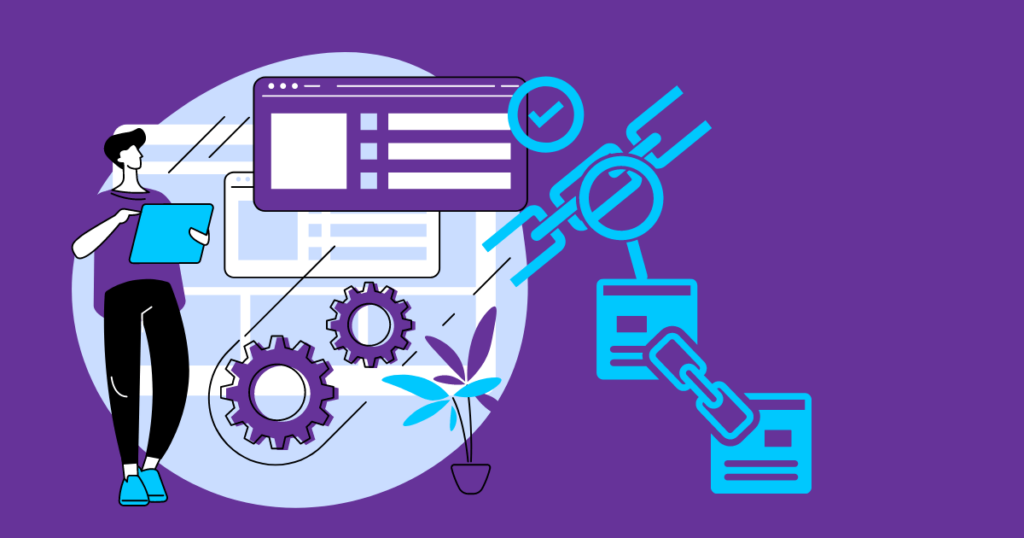
If popular websites include links to your website in their content, you’ll get more web traffic. If you don’t have any or enough of these backlinks, you’re likely missing out on traffic.
Similarly, backlinks are a positive ranking signal because they tell search engines that other sites believe your resources are valuable, useful, and trustworthy. Such positive ranking signals can contribute to improving your search performance, so you get more traffic from search engines.
10. You’re targeting keywords that are out of your league

Targeting the right keywords and doing it well can really boost your search engine rankings and, by extension, the volume of web traffic you receive to your site. On the other hand, if you’re trying to optimise your pages for keywords that you have no hope of dominating, you’re going to have a really tough time breaking into the market and improving your search engine rankings.
That doesn’t necessarily mean you shouldn’t target competitive keywords at all. But if you’re only targeting keywords that are popular and hard to rank for, you’re probably going to be disappointed by your traffic volume. Adding some less popular but easier to rank for keywords could increase your traffic and, over time, improve your rankings for the more competitive keywords.
11. You’re creating content but not promoting it
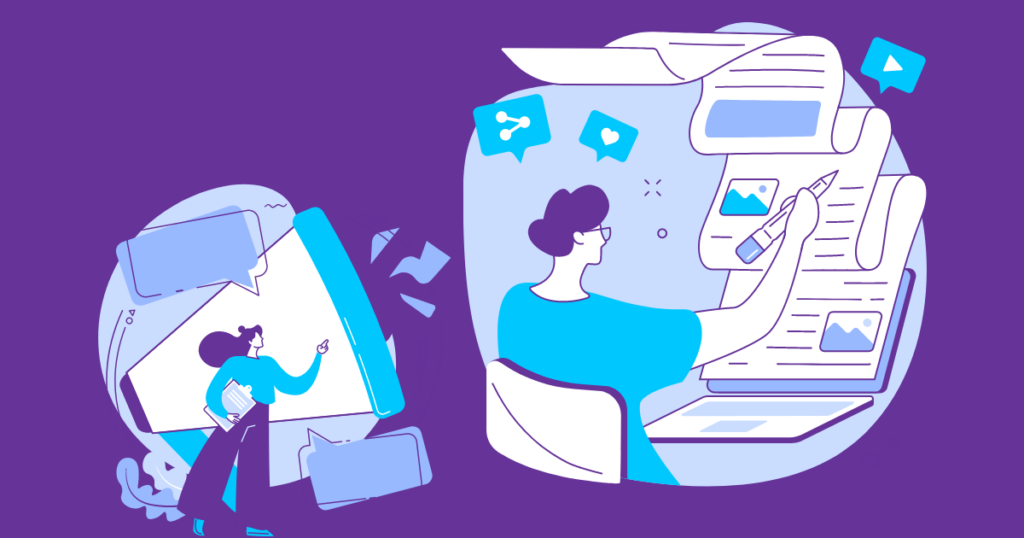
A constant stream of fresh, engaging content can help you attract more traffic. But it’s not a case of ‘build it and they will come’. You have to let people know about your awesome new content otherwise your competitors who do promote their content are going to be the ones getting all the web traffic.
SEO is one way to promote your content. You can also share it via email and social media. You can even run ads to your content. All of these methods can increase your website traffic, but you need a good content strategy that includes a plan for sharing your content and analysis your results if you want to avoid to waste a lot of time, effort, energy, and potentially money. Without a strategy, you may repeat mistakes, miss trends, and overlook potentially valuable opportunities.
12. Your headlines aren’t engaging enough
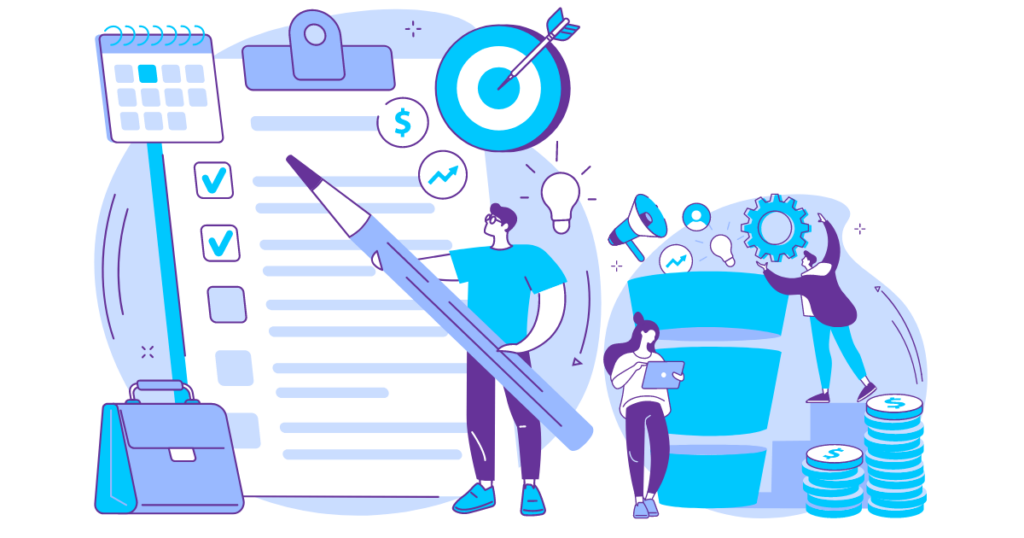
When you scroll through your email inbox, your favourite news feed, or a list of search results, what do you click on? I’ll bet it’s content that has interesting subject lines or headlines that grab your attention in some way. Perhaps they’re funny, sound useful, are mysterious, or are controversial. Whatever it is about the headlines you like, they encourage you to click on the email or article to find out more.
If your headlines aren’t ‘click-worthy’, people won’t visit your website even if it shows up in a search listing. They might click on your pages if a friend recommends them, but how is that friend going to find them in the first place?
So, spend some extra effort crafting scroll-stopping headlines.
Learn how to solve your low web traffic issues
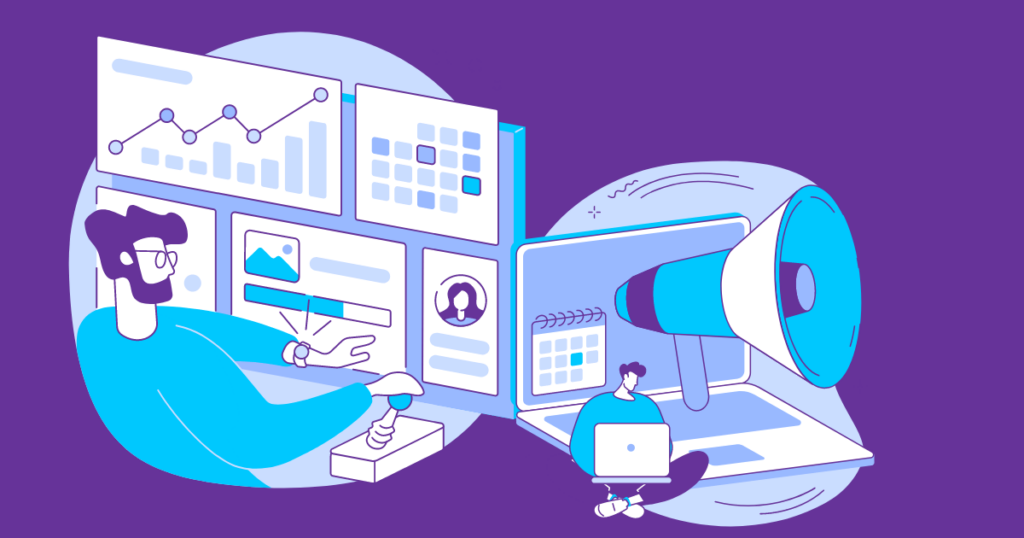
Now you know what the top causes of low web traffic are, you can make a start on solving any of these issues when you find them on your website. If you want some expert advice on how to resolve these issues, checkout my articles on the ingredients of great website content and SEO. I’ve also posted an article that details how to overcome each of the 12 causes of low web traffic listed in this post.
